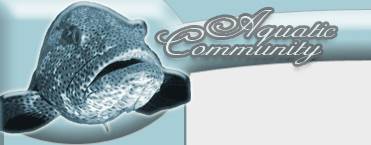Toads
Toads are amphibians belonging to the order Anura. Frogs, toads and other amphibians are contrary to popular belief not reptiles; they are a separate class of animals. Unlike reptiles, amphibians all go through a metamorphosis from aquatic tadpoles to adult land dwelling animals. (Although some species will spend most of their time in water as adults as well.) The word amphibian is derived from two Greek words meaning “both” and “live”; a reference to their life in water and their life on land. Examples of commonly known amphibians are frogs, salamanders and newts.
All true toad species are found in the family Bufonidae. The true toads comprise 35 genera and about 500 species. The largest toad genus is the genus Bufo with about 150 species. Bufo is the Latin word for toad.
It can be hard to tell frogs and toads apart and the two terms are often used interchangeably in everyday language. Many people believe that the difference between toads and frogs is that the former has leathery skin and a brownish colouration, but there are many species where you can’t rely on outer appearance. There are frog species that look like toads and the other way around. From a taxonomical point of view, the distinction between toads and frogs depends on the ancestry of each species and not on how a species look or how it lives.
Many toads burrow and some consider that a way to separate frogs and toads but there are frog species that burrow as well. One example of this is the frog genus Rana. To make things even more confusing, many frog species are commonly and incorrectly referred to as toads. Among these you will find many members of the families Bombinatoridae, Discoglossidae, Pelobatidae, Rhinophrynidae, Scaphiopodidae as well as some Microhylidae species. There are also toad species that are commonly know as frogs, such as the Harlequin frog which is in fact a toad.
Toads lay their eggs in slow moving water such as ponds and ditches and toad eggs are often easy to tell apart from frog eggs. While frogs lay their eggs in the characteristic batches, toads lay their eggs in long strings. The eggs hatch into tadpoles that look very different from the adult animals. It is hard to tell the tadpoles from different types of amphibians apart although they can vary greatly in size depending on species. The tadpoles go through metamorphosis as they grow and slowly turn into an animal similar to a miniature version of the adult toad. The most visible changes are the growth of the back legs, and once the back legs have developed the front legs will develop and after that the tail shrinks and starts looking like a miniature tail. The young toads leave the water once the tail is gone or almost gone. Other less visible changes include the fact that the gills are replaced with lungs, the skin changes to be suited to a life on land, eye lids grow and the eyes are adapted to see on land, ear drums develop, and so on.
The largest toad species in the world is the cane toad Bufo marinus. The species weigh an average of 4 pounds / 1.8 kg and their size vary from 15t o 25cm / 6 to10 in. The females are usually larger then the males. The cane toad Bufo marinus originates from South and Central America and is often confused with the Rococo toad. In Australia, Cane toads have become a problematic invasive species.
